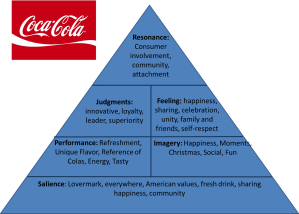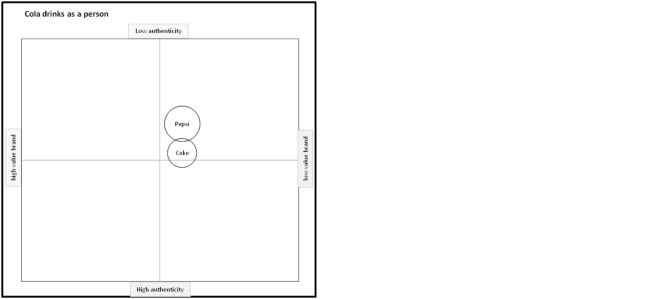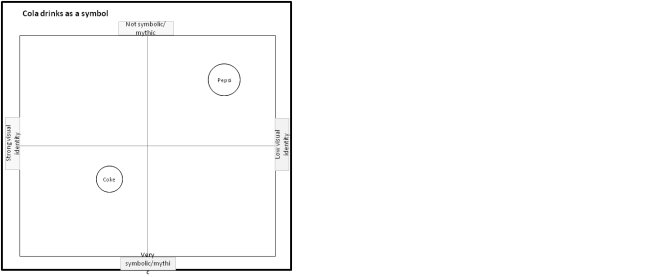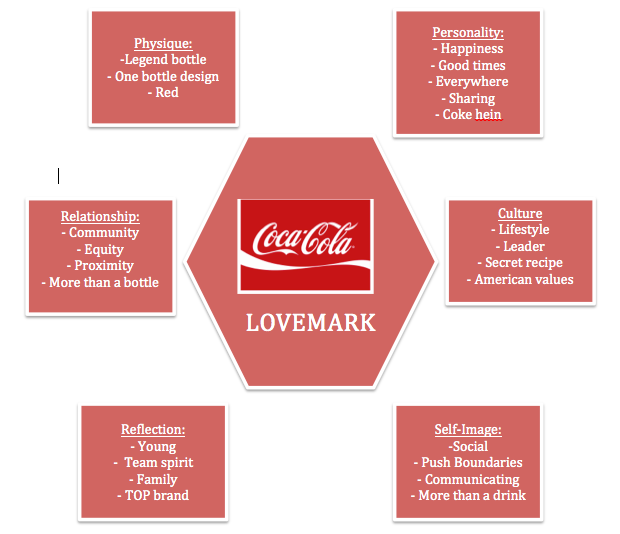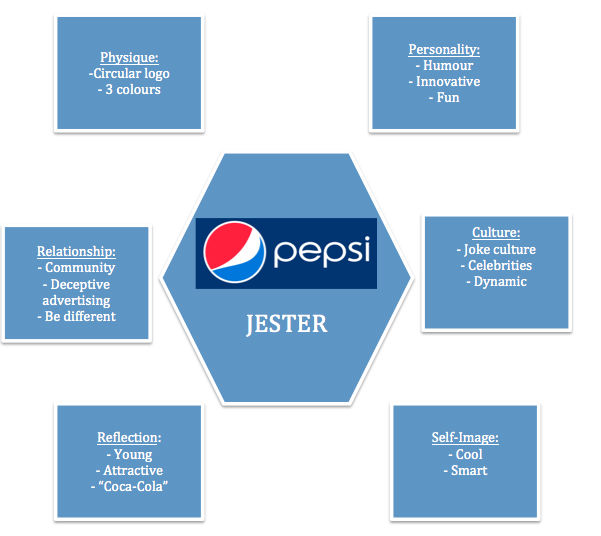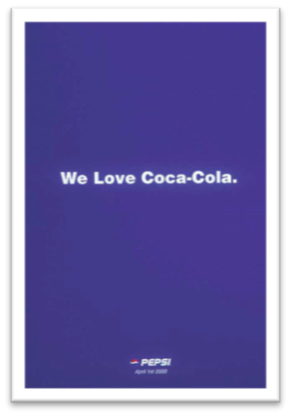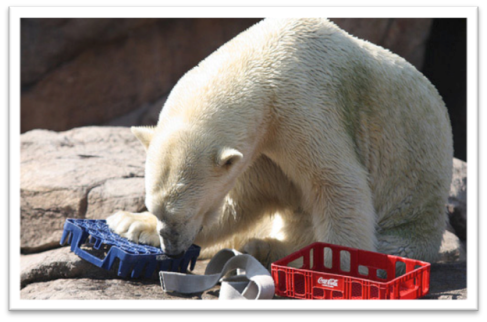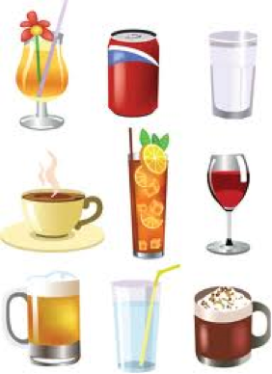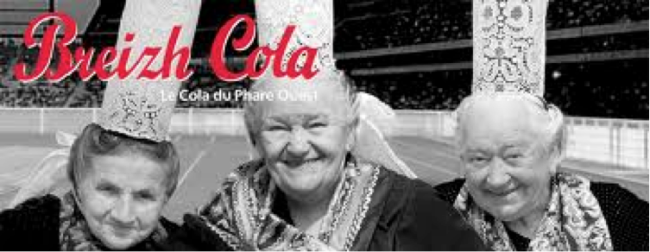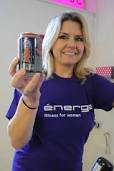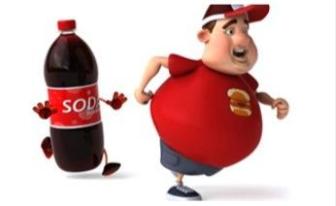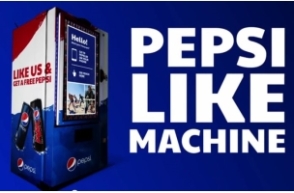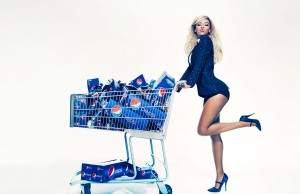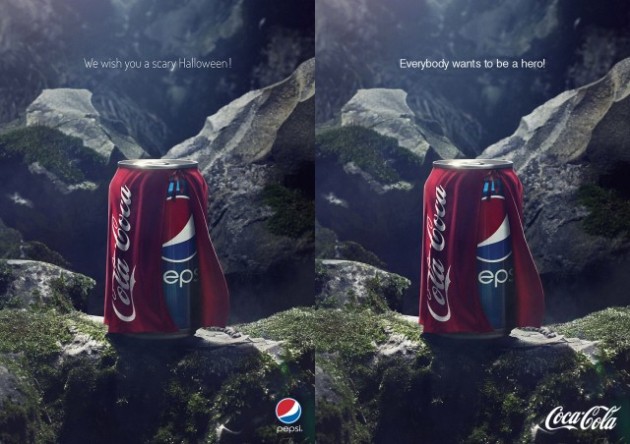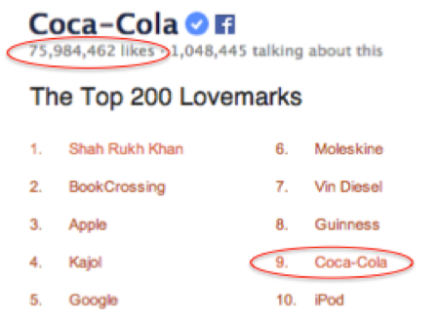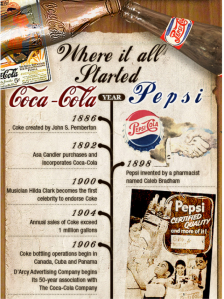Brand Extension:
The Brand extension is commonly used by well-known brands that use their image to launch new varieties of their products in order to satisfy different needs of their current consumers as well as to gain new ones. This strategy is also implemented when a new trend is being developed in the market and to enlarge the brand’s awareness.
In the Cola market, Coca Cola and Pepsi have both been very active in this matter. They have taken advantage of their brand equity and launched several variations of their regular products in terms of flavors and ingredients. The brand stretching with not only the highest impact in sales but also the oldest attempt of widen the brand’s portfolio has been diet or light products, that still today continues to be updated with new versions thanks to the health concerns both brands have acquired as seen previously in the blog and trying to respond to an ever increasing demand of consumers for healthier products.
The rivalry between Coca Cola and Pepsi is evident as well in this field, where being the first to develop an idea is very important and usually the other brand responds to this initiatives by launching a similar product.
Let’s take a look to the most important examples of brand extension for Coca Cola and Pepsi!
Coca Cola:
– Coca Cola Light/Diet Coke: are both the same product but with different names because in some countries the word “Diet” doesn’t mean low-calorie. It is a sugar and calorie free soft drink that was developed in the United States in 1982, and was the first brand extension of Coca-Cola. It was launched as a respond to the Diet Pepsi that was launched in 1964 and was acquiring great relevance in the market. The sweetener mix used for the product changes among countries due to different consumer preferences

– Coca Cola Zero: introduced in 2005 within the low calories segment and its main target are men, because they tend to link Diet and Light to women. It is intended to be the same taste as the Coca Cola Classic, while Coca Cola Light/Diet Coke has a different formula. Is sweetened with a blend of low-calorie sweeteners, while Diet Coke is sweetened with aspartame

– Coca-Cola Cherry, Diet Cherry and Zero Cherry: it was launched in 1985 and was the third variation of the brand. Then, in 1986 thanks to a successful performance Diet Cherry Coke was introduced and in 2007 was added Coca-Cola Cherry Zero

– Coca-Cola Black Cherry Vanilla and Diet: it was launched in 2006 but due to low sales it was then discontinued in 2007
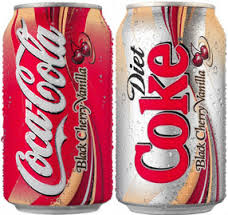
– Coca Cola with Lime: released in 2005 as a respond to the consumer’s request but it hasn’t been very successful in several countries where it was discontinued. Has been a limited edition in many countries but in others like Singapore and Netherlands is a regular product
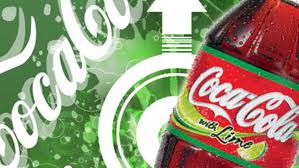
– Caffeine-Free Coca-Cola, Diet and Zero: introduced in 1983 as a response to Pepsi Free that was having notorious results. The diet version was the first extension of the Diet Coke
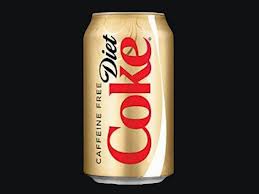
– Vanilla Coke: released in 2002 to compete with Pepsi Vanilla but it didn’t have a good performance. In 2007 it was relaunched in the US and in the UK in 2013, where it was supposed to be a limited edition but thanks to a better sales behavior it stood as a regular product

– Coca Cola Life: Launched in 2013 in Argentina as a pilot test, has 108 calories per bottle which is less than the half of calories of a Classic Coke, using Stevia as a sugar substitute. This innovative product claims to be green and natural as sold in a recyclable bottle that is made from 30% plant-based materials
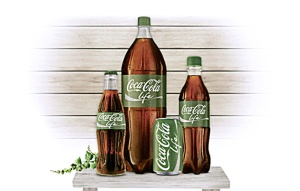
Pepsi:
– Diet / Light Pepsi: Introduced in 1964 to attack the current competitor Tab produced by The Coca Cola Company that was an innovative Cola in the Low Calories segment. Nowadays it is one of the main products of the Pepsi Portfolio
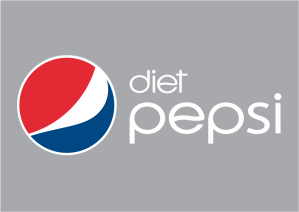
– Pepsi Next: launched in 2013 with 30% less sugar than regular Pepsi and no artificial sweeteners. Is specially created for people who don’t like Diet Pepsi’s taste

– Pepsi Wild Cherry: Introduced in 1988 in order to compete against Cherry Coke that was developed two years earlier

– Pepsi Free: Developed in 1982 and it is a Caffeine-Free that is today known as Caffeine-Free Pepsi and Caffeine-Free Diet Pepsi

– Pepsi Max: is a low-calorie and sugar-free product and contains more caffeine than Diet Pepsi

– Pepsi Lime: Introduced in 2005 with lime flavor added to the regular Pepsi
– Pepsi Raw/Natural: Released in 2008 and contains naturally sourced ingredients with no artificial flavouring, colourings, preservatives and sweeteners. In countries like Mexico and United States is distributed as Pepsi Natural à so Pepsi had the idea of develop a “natural” product that is now improved by Coca Cola Life

– Pepsi Vanilla: Released in Canada and the U.S. in 2003 in order to attack Vanilla Coke. Today this product is no longer available but Diet Pepsi Vanilla keeps standing in the market

– Cherry Vanilla Pepsi: was a relaunch of the Vanilla Pepsi in 2010 with the addition of natural cherry flavor
– Some Limited Editions: Pepsi Mojito, Tropical Chill and Pepsi Strawberry Burst
– Pepsi AM: Was launched in 1989 and it had more caffeine than a regular Pepsi, was meant to be a morning drink but it was discontinued in 1990
Posted by: Carolina Castellanos S.
Sources:
http://www.coca-colacompany.com/brands/the-coca-cola-company/
http://www.siegelgale.com/blog/coca-cola-life-a-healthy-brand-extension-but-will-it-succeed/http://en.wikipedia.org/wiki/List_of_Pepsi_variations
http://business.time.com/2012/03/14/the-10-best-brand-extensions-ever-according-to-me/slide/diet-coke/.
